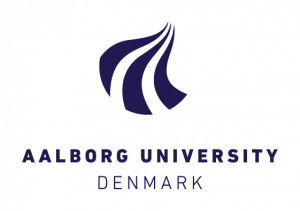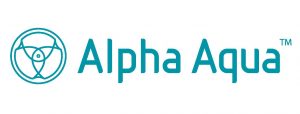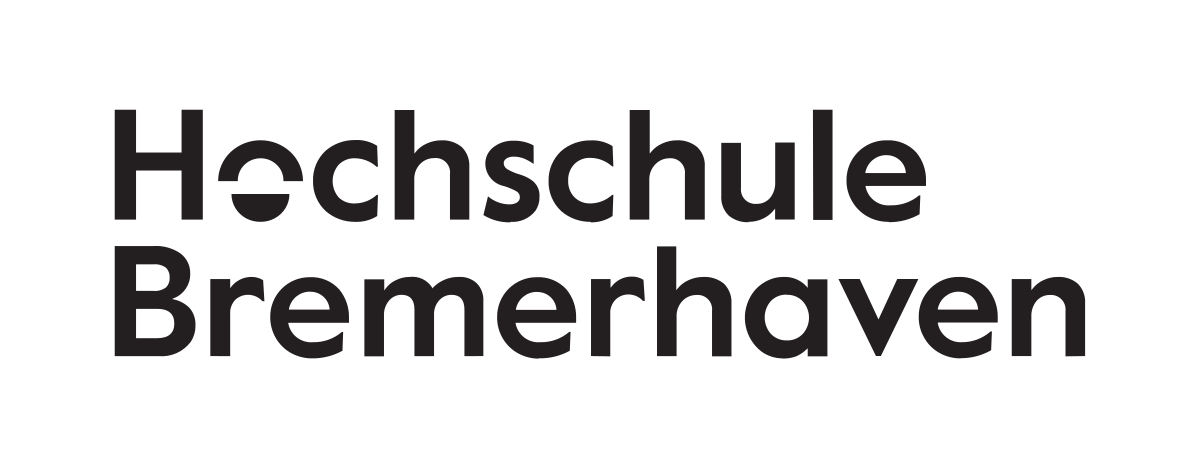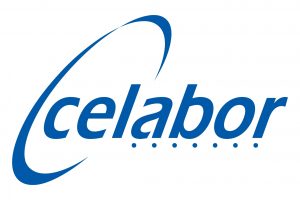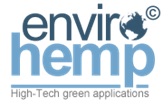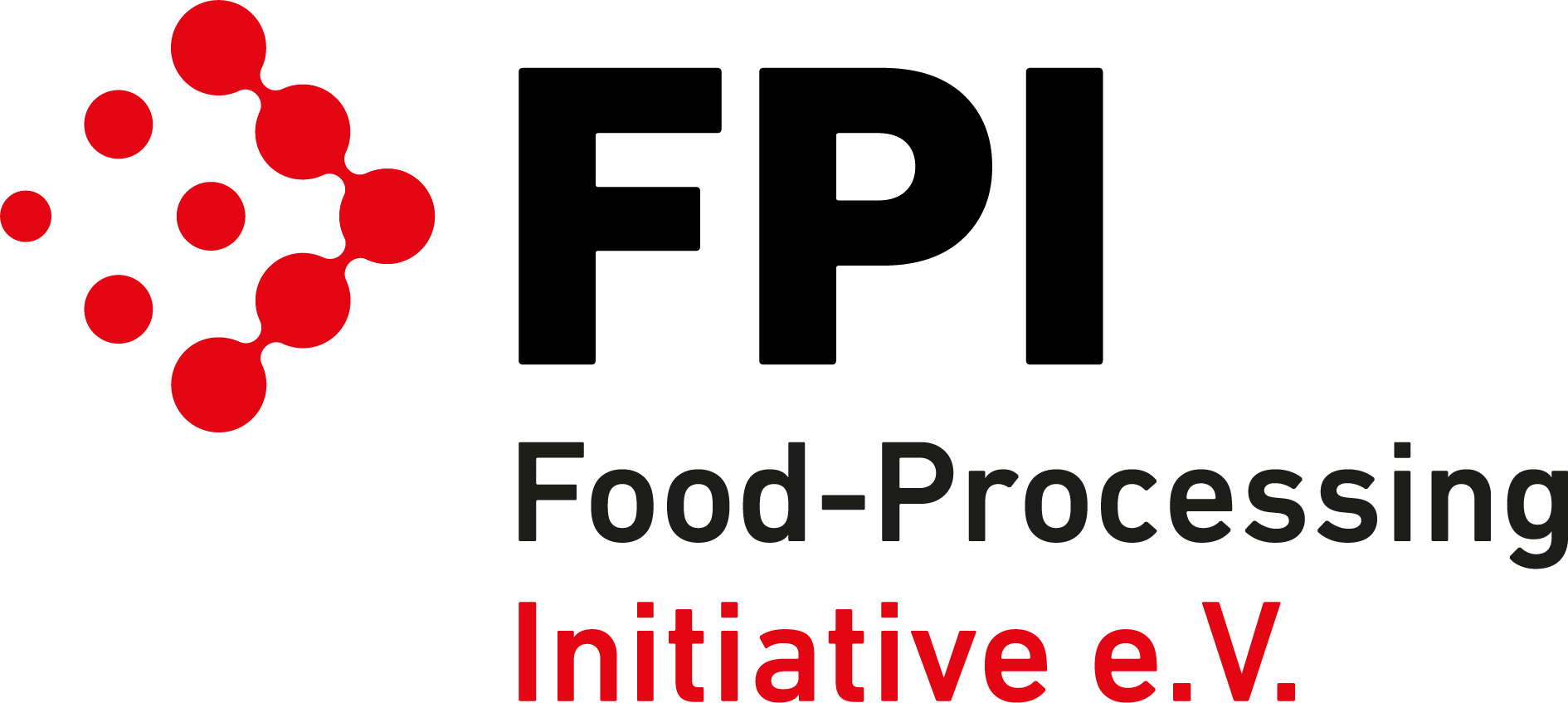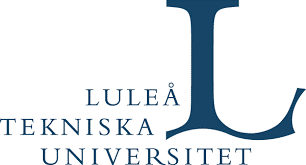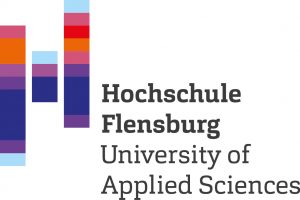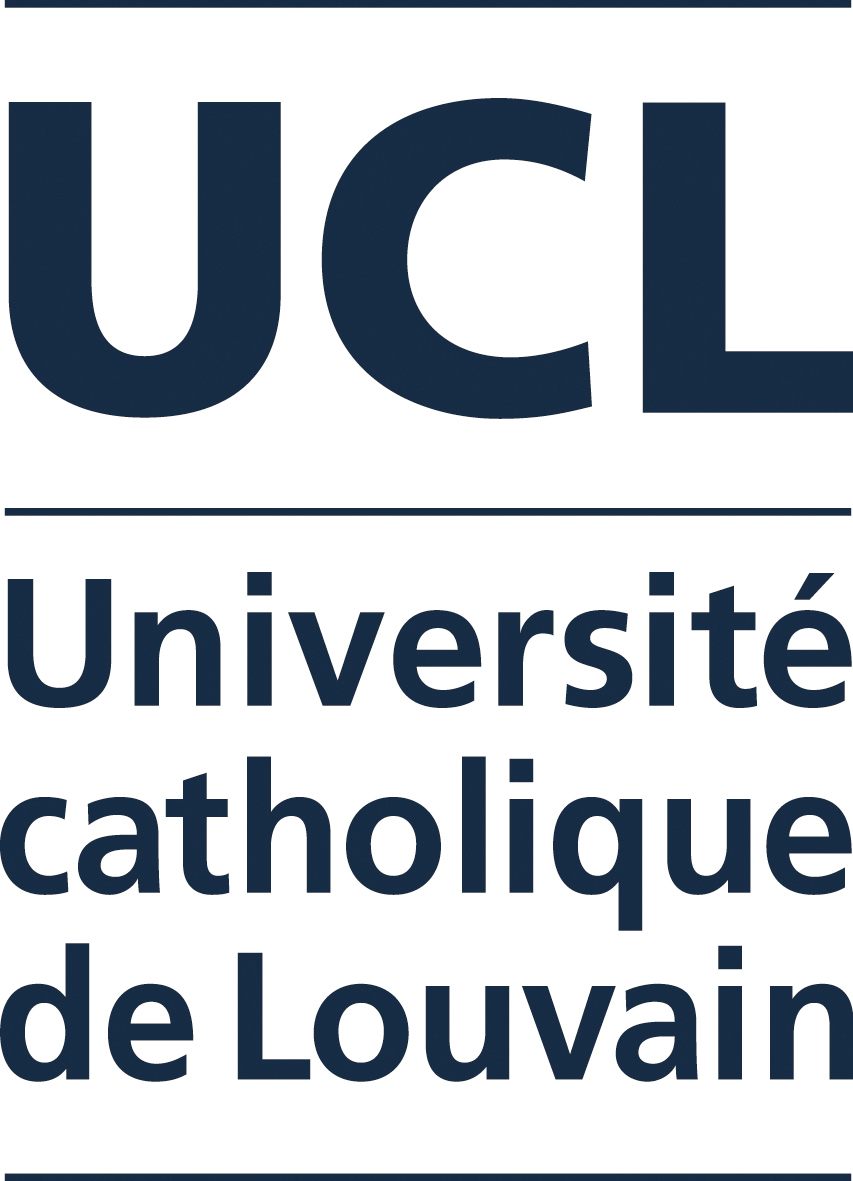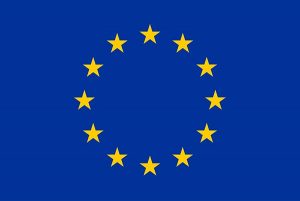Production of Salicornia spp. in a foil greenhouse using aquaculture effluents
Wastewater from aquaculture can be successfully used for irrigation of Salicornia ramosissima cultivation.
Marine animal aquaculture production effluents are characterized by high nutrient levels, that if not properly treated, are released into the environment. The use of these effluents for halophyte production, namely Salicornia spp., can constitute a sustainable solution for their treatment, potentially reducing aquaculture environmental impacts while increasing added value with coproduction. This has been shown, cultivating Salicornia ramosissima in greenhouse conditions, utilizing shrimp (Penaeus vannamei) and european seabass (Dicentrarchus labrax) production effluents for irrigation. Seeds were harvested from local plants in years prior to cultivation. In February, the seeds were sown in a 2 g/m2 density. Initially, freshwater was used to keep the soil moistened for two weeks, until plants germinated. During the growth phase (5-6 months duration) plants were irrigated two times a day utilizing a mixture of the effluents, with salinity around 18‰wt%, and freshwater in order to keep soil salinity around 12‰ wt%. Estimated biomass production was around 1.85 kg/m2 per year, before plants started to flower in August/September. An off-season cultivation (30 June 2020) was also tested utilizing the procedures previously described. Although seeds germinated, the growth phase lasted only 3 months and the plants did not develop as expected, which suggests that an off-season cultivation results in inferior yields. Data from this study suggests that aquaculture effluents can be successfully used for irrigation in S. ramosissima cultivation, if performed in natural season.
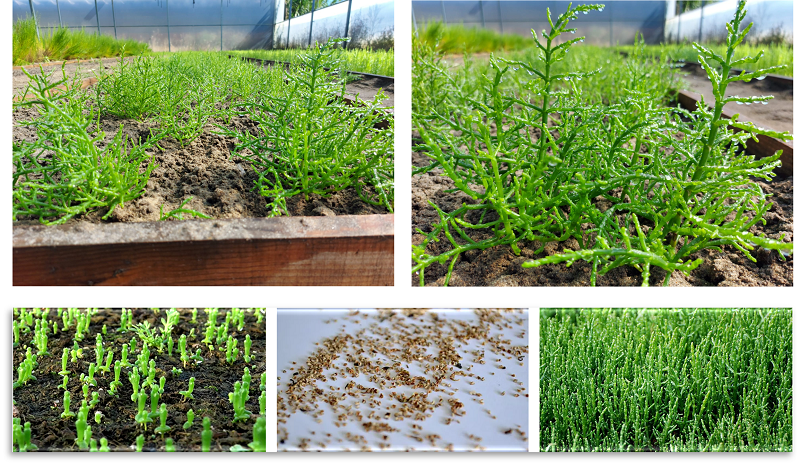
Contact:

Rui Miranda Rocha
Riasearch, LDA., Portugal
ruirocha@riasearch.pt
Acknowledgement
This project has received funding from the European Union’s Horizon 2020 research and innovation programme under Grant Agreement No 862834. Any results of this project reflects only this consortium’s view and the European Commission is not responsible for any use that may be made of the information it contains.


